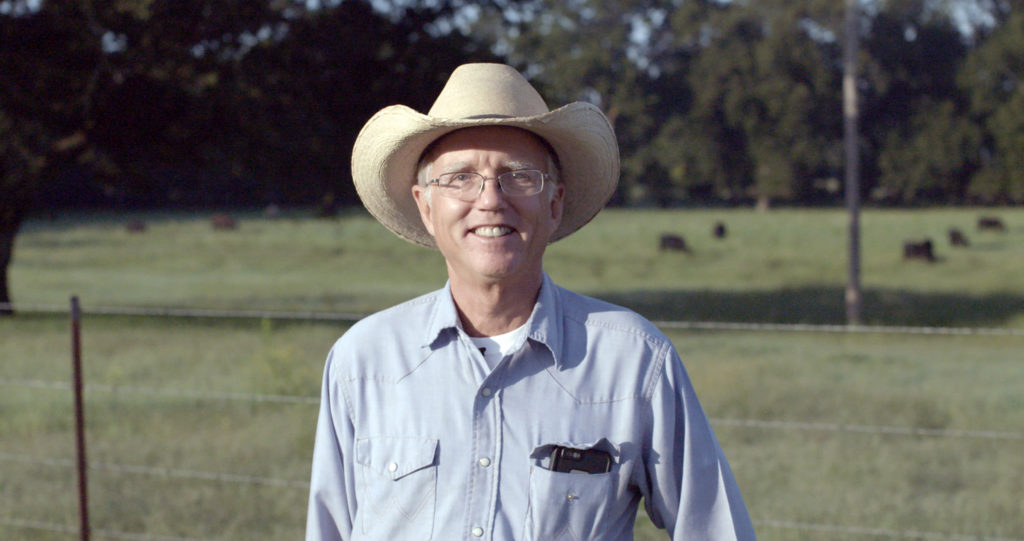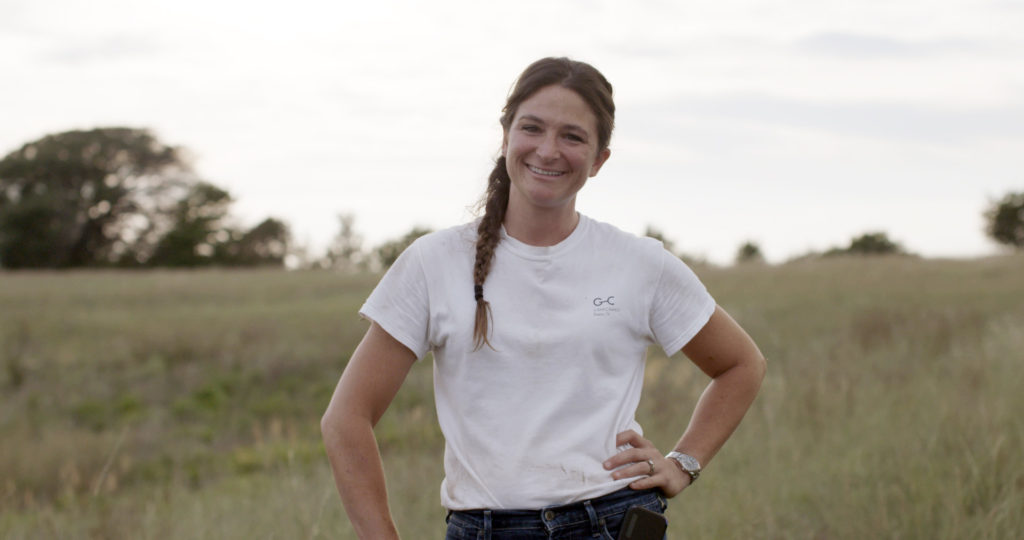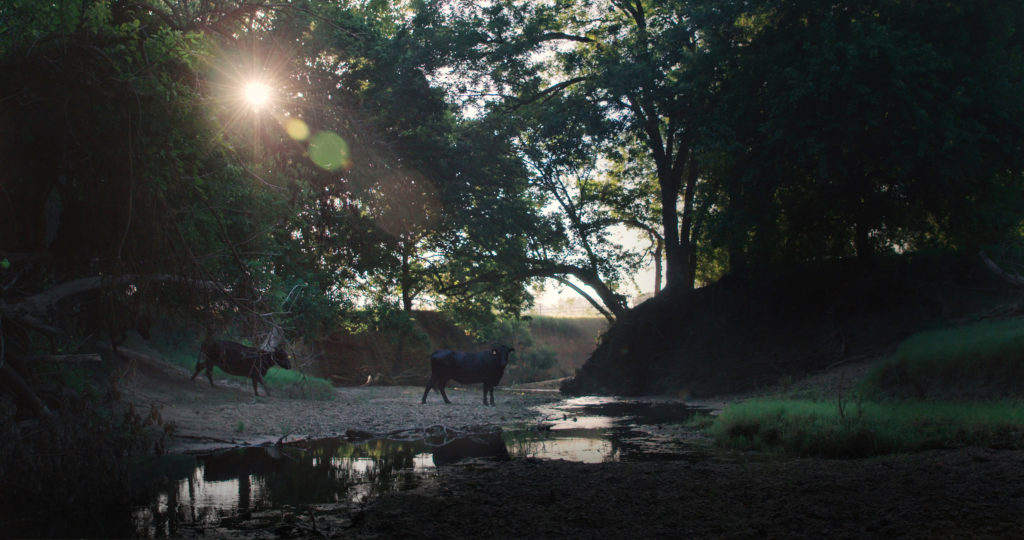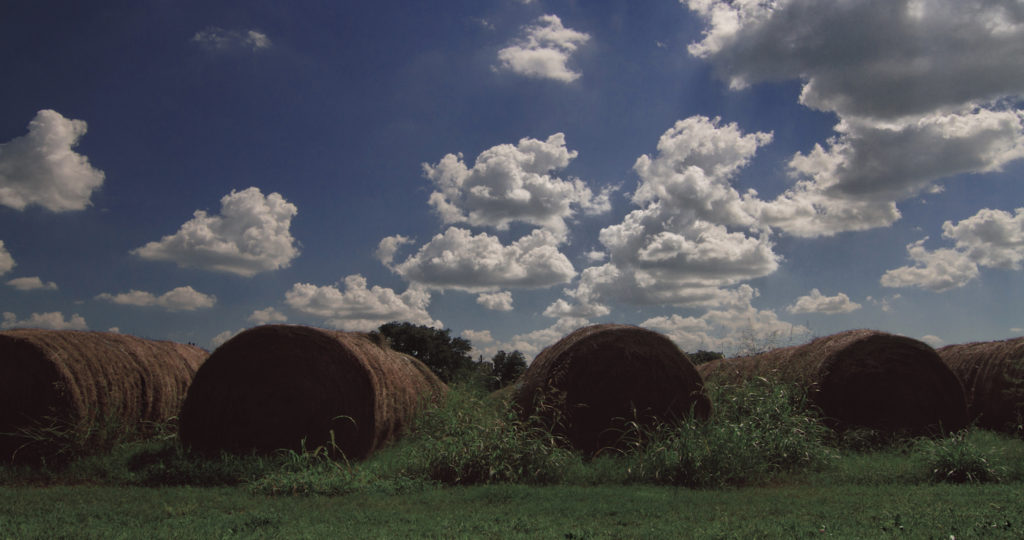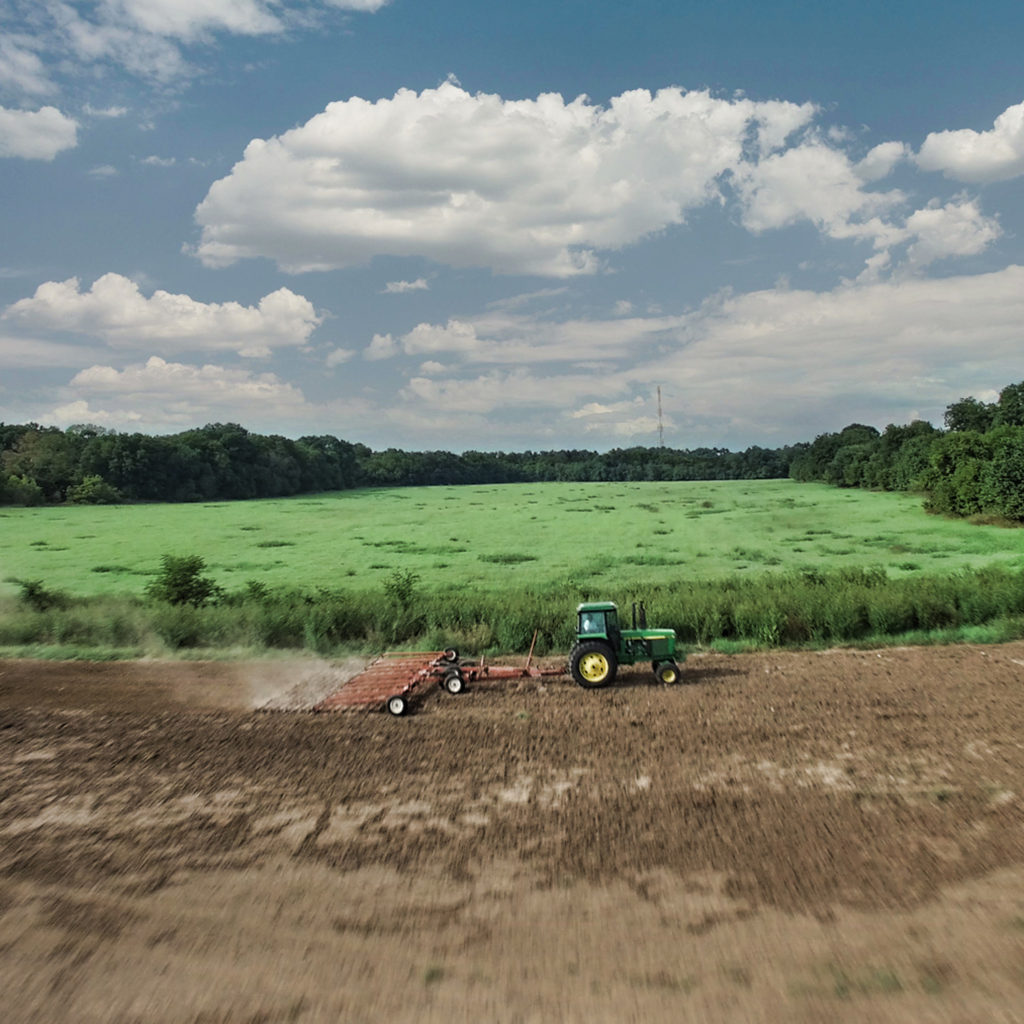Country Lifestyles
February 2017 Profile – Leading a Legacy : The Ellis Family of G – C Ranch
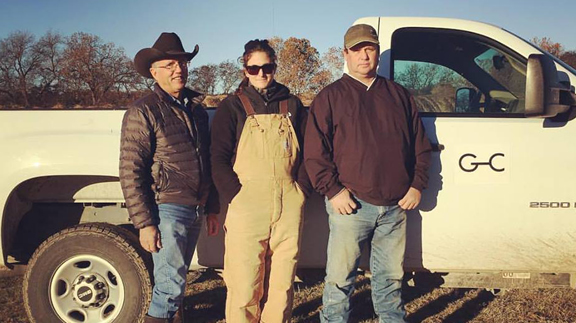
By Jessica Crabtree
To G.C. and Mary Ellis, family is everything. The two cultivated a life together 41 years ago. He was from Dallas and she from a town in western Massachusetts. The two met while attending school at the University of Denver. “They’re perfect together,” said their daughter Meredith Ellis Ulibarri.
Ellis was raised in Dallas. His family’s ranch was called the Bell Branch Ranch. Upon returning home from college, Ellis stepped up to manage the place; five years later the family made the decision to sell. In ’80 the ranch was sold and the couple moved to Cooke County to work for the family’s fishing lure manufacturing company, Bomber Bait in Gainesville, Texas. At that time the couple began combing the countryside in search of a place to settle and call their own. In ’83 Ellis found his dream, even saying he wore out two pickups looking for it.
The G Bar C Ranch is settled in Cooke County, between the small, rural towns of Rosston and Era, Texas. The ranch was initially 450 acres, “The fences were bad. There was no electricity, no septic, no well. We had to start over,” said Ellis. He and Mary had very little time to waste: the home they rented was promised to another. Ellis said the property was purchased in January of ’83 and he moved a home in, got electricity, a well and septic by April.
“I chose to raise Longhorn cows,” Ellis said. “The main reason was they’re tough and require less maintenance. “Raising cattle and still working at Bomber Bait, the rancher had grown a sizeable herd of longhorns. “Michael Knabe came to work for us in ’89 and helped to grow the herd to around 200 longhorns and began rotational grazing methods. At the time we didn’t have as many pastures as we do today,” Ellis explained.
To read more pick up a copy of the February 2017 NTFR issue. To subscribe call 940-872-5922.
Country Lifestyles
While We Were Sleeping
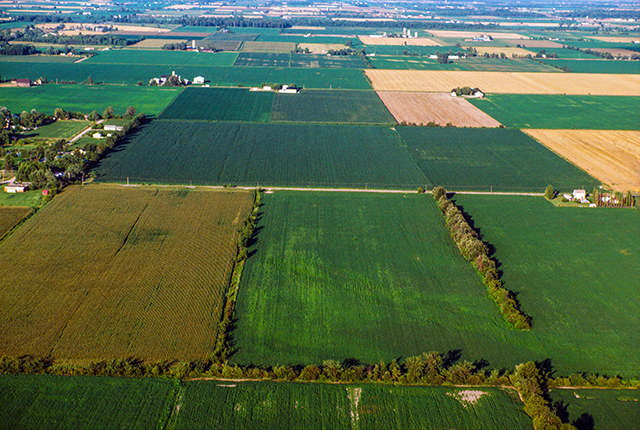
By Martha Crump
That old adage, “What you don’t know won’t hurt you.,” may have some basis in truth when applied to minor situations. However, when what you don’t know is presented in the form of a “Trojan Horse” and is what amounts to an incredible attempt to fleece American property rights, it becomes a different story altogether.
To put this unbelievable tale together, we need to step back to Joe Biden’s 2021 Executive Order which pledged commitment to help restore balance on public lands and waters, to create jobs, and to provide a path to align the management of America’s public lands and waters with our nation’s climate, conservation, and clean energy goals.
To read more, pick up a copy of the April issue of NTFR magazine. To subscribe by mail, call 940-872-5922.
Country Lifestyles
Lacey’s Pantry: Strawberry Sorbet

By Lacey Vilhauer
Ingredients:
1 whole lemon, seeded and roughly chopped
2 cups sugar
2 pounds strawberries, hulled
Juice of 1 to 2 lemons
¼ cup water
Directions:
Place the chopped lemon and sugar in a food processor and pulse until combined. Transfer to a large bowl. Puree the strawberries in a food processor and add to the lemon mixture along with juice of one lemon and water. Taste and add more juice as desired.
To read more, pick up a copy of the April issue of NTFR magazine. To subscribe by mail, call 940-872-5922.
Country Lifestyles
A Mountain Out of a Molehill

By Nicholas Waters
As winter plods along – come Spring and gopher mounds – homeowners and farmers find themselves playing a familiar song – fiddling while Rome is burning.
Let’s make a mountain out of a molehill. Those mounds on your lawn and pasture could be moles, but they’re more than likely gophers; Plains Pocket Gophers to be pragmatic – Geomys bursarius to be scientific.
These rodents dig and chew, and the damage they can do goes beyond the mounds we mow over. Iowa State University cited a study in Nebraska showing a 35 percent loss in irrigated alfalfa fields due to the presence of pocket gophers; the number jumped to 46 percent in decreased production of non-irrigated alfalfa fields.
The internet is replete with academic research from coast-to-coast on how to curtail gopher populations, or at least control them. Kansas State University – then called Kansas State Agricultural College – also published a book [Bulletin 152] in February 1908 focused exclusively on the pocket gopher.
To read more, pick up a copy of the April issue of NTFR magazine. To subscribe by mail, call 940-872-5922.
-

 Country Lifestyles1 year ago
Country Lifestyles1 year agoScott & Stacey Schumacher: A Growth Mindset
-

 Equine7 months ago
Equine7 months agoThe Will to Win
-

 Country Lifestyles7 years ago
Country Lifestyles7 years agoStyle Your Profile – What your style cowboy hat says about you and new trends in 2017
-

 Country Lifestyles4 years ago
Country Lifestyles4 years agoAmber Crawford, Breakaway Roper
-

 HOME7 years ago
HOME7 years agoGrazing North Texas – Wilman Lovegrass
-

 Country Lifestyles7 years ago
Country Lifestyles7 years agoDecember 2016 Profile, Rusty Riddle – The Riddle Way
-

 Country Lifestyles8 years ago
Country Lifestyles8 years agoJune 2016 Profile – The man behind the mic: Bob Tallman
-

 Outdoor9 years ago
Outdoor9 years agoButtercup or Primrose?


